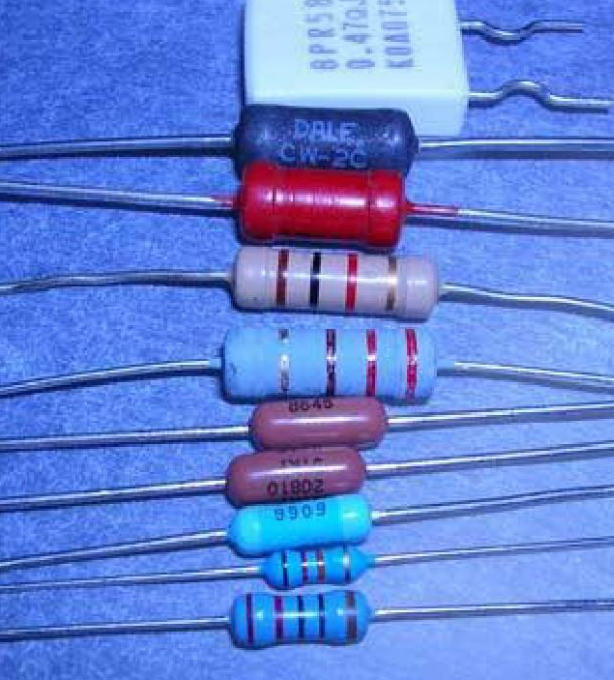MLCC capacitor, the full name is multilayer ceramic capacitor, also known as chip capacitor, multilayer capacitor, laminated capacitor, etc., which is a type of ceramic capacitor. MLCC is composed of multiple ceramic diaphragms with printed electrodes (internal electrodes) dislocated and laminated, and then sintered at high temperature to form a ceramic chip. Finally, metal layers (external electrodes) are sealed on both ends of the chip to form a monolith-like structure, so it is called "monolithic capacitor".
The internal structure of the monolithic capacitor includes internal electrodes, tin-nickel (SN), nickel-copper (NI), terminal electrodes, high-strength porcelain dielectric and ceramic dielectric. The external components include terminal electrodes, ceramic dielectric, internal electrodes and coatings.
According to different materials, monolithic capacitors can be divided into three categories:
1. Temperature compensation NP0 dielectric: The electrical performance of this type of capacitor is very stable and is almost unaffected by temperature, voltage and time. They are ultra-stable and low-loss capacitor materials and are suitable for high-frequency, ultra-high frequency and very high-frequency circuits that require high stability and reliability.
2. High dielectric constant X7R dielectric: Because X7R capacitors are strong dielectrics, they can produce capacitors with larger capacities than NPO dielectrics. Their performance is relatively stable, but will be affected by humidity, voltage and time. They are stable capacitor material types and are suitable for DC blocking, coupling, bypass, filter circuits and medium and high frequency circuits with high reliability requirements.
3. Semiconductor Y5V dielectric: This type of capacitor has a high dielectric constant and is usually used to produce large-capacity capacitor products. However, their capacity stability is poor and they are sensitive to test conditions such as temperature and voltage. Mainly used in oscillation, coupling, filtering and bypass circuits in electronic equipment.

Compared with ordinary ceramic capacitors, monolithic capacitors have smaller size, larger capacitance, higher reliability, more stable capacitance, better high temperature resistance and excellent insulation performance, and the cost is also relatively low. Therefore, they are widely used in the electronic market.
Summarize the main features of monolithic capacitors:
- Good temperature characteristics and frequency characteristics.
- A wide range of applications, including resonance, coupling, filtering and bypass circuits for electronic precision instruments and various electronic equipment.
- Good voltage resistance, usually more than twice the rated voltage.
Depending on the material and performance, selecting the appropriate type of monolithic capacitor is important for electronic design and applications.
